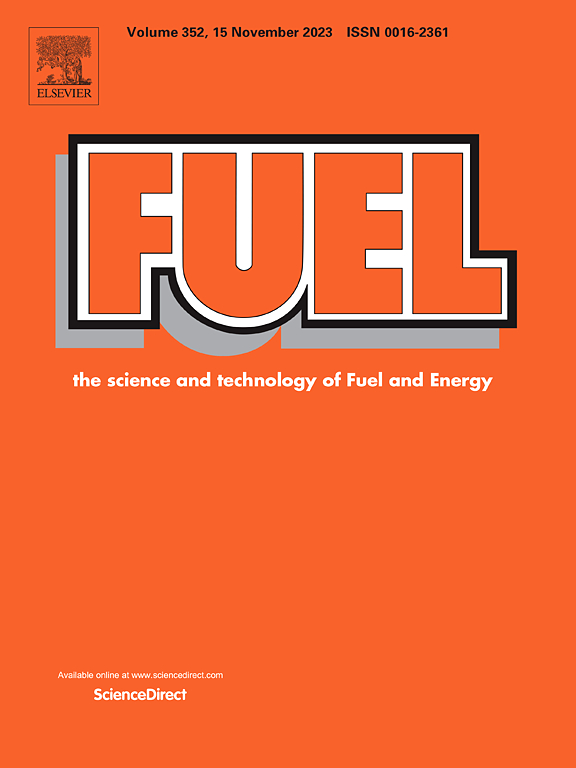Numerical investigation of CO2 plume migration and trapping mechanisms in the sleipner field: Does the aquifer heterogeneity matter?
IF 6.7
1区 工程技术
Q2 ENERGY & FUELS
引用次数: 0
Abstract
The urgent need for efficient carbon sequestration techniques to mitigate greenhouse gas emissions emphasizes understanding CO2 storage in saline aquifers. This study investigates the influence of aquifer heterogeneity on CO2 plume migration and trapping mechanisms through comprehensive numerical simulations, utilizing data from the Sleipner field. This research uniquely integrates a field-scale model with advanced parameterization of heterogeneity, offering new insights into CO2 geo-storage efficiency. The goal was to determine how varying degrees of geological heterogeneity influence CO2 storage efficiency, focusing on structural, solubility, and residual trapping mechanisms.
A three-dimensional (3D) compositional model was developed based on the Sleipner field data, incorporating nine permeable sand layers interbedded with thin shale barriers to capture geological heterogeneity. The model was calibrated using seismic profiles, and heterogeneity was quantified using the Dykstra-Parsons (DP) coefficient to simulate a range of permeability distributions. Multiple scenarios were analyzed to assess the impact of heterogeneity on trapping mechanisms and plume dynamics over a 1000-year.
Key findings demonstrate that geological heterogeneity alters the balance among CO2 trapping mechanisms. Approximately 80 % of CO2 was structurally trapped under cap rock and shale barriers during injection. Post-injection, heterogeneity promoted solubility trapping while diminishing residual trapping, particularly at higher DP values (0.25 and 0.4). These cases exhibited a higher CO2-brine contact area and longer density fingers, increasing brine phase instability and enhancing CO2 dissolution. In contrast, the homogeneous case (DP = 0) achieved the highest residual trapping efficiency. The study further revealed that neglecting heterogeneity leads to underestimation of CO2 plume migration distances, compromising storage security predictions. Models with higher heterogeneity also exhibited a substantial increase in the volume of aquifer rock saturated with dissolved CO2.
This study’s novelty lies in providing a detailed analysis of the role of geological heterogeneity on CO2 trapping efficiency and plume dynamics by integrating multiple relative permeability data sets across the heterogeneous formations. The results underscore the critical importance of incorporating geological heterogeneity into CO2 storage models for accurate long-term predictions of CO2 storage efficiency and security.
求助全文
约1分钟内获得全文
求助全文
来源期刊

Fuel
工程技术-工程:化工
CiteScore
12.80
自引率
20.30%
发文量
3506
审稿时长
64 days
期刊介绍:
The exploration of energy sources remains a critical matter of study. For the past nine decades, fuel has consistently held the forefront in primary research efforts within the field of energy science. This area of investigation encompasses a wide range of subjects, with a particular emphasis on emerging concerns like environmental factors and pollution.
 求助内容:
求助内容: 应助结果提醒方式:
应助结果提醒方式:


